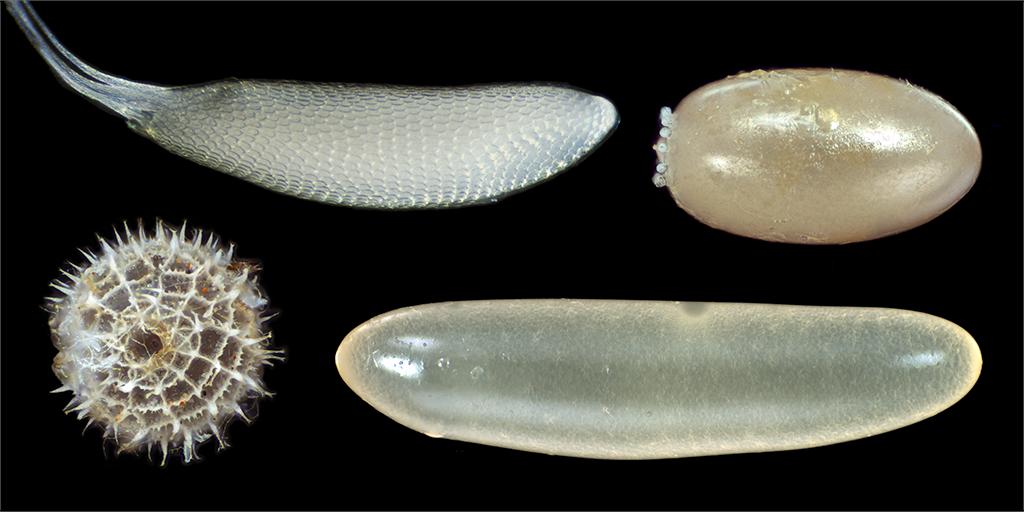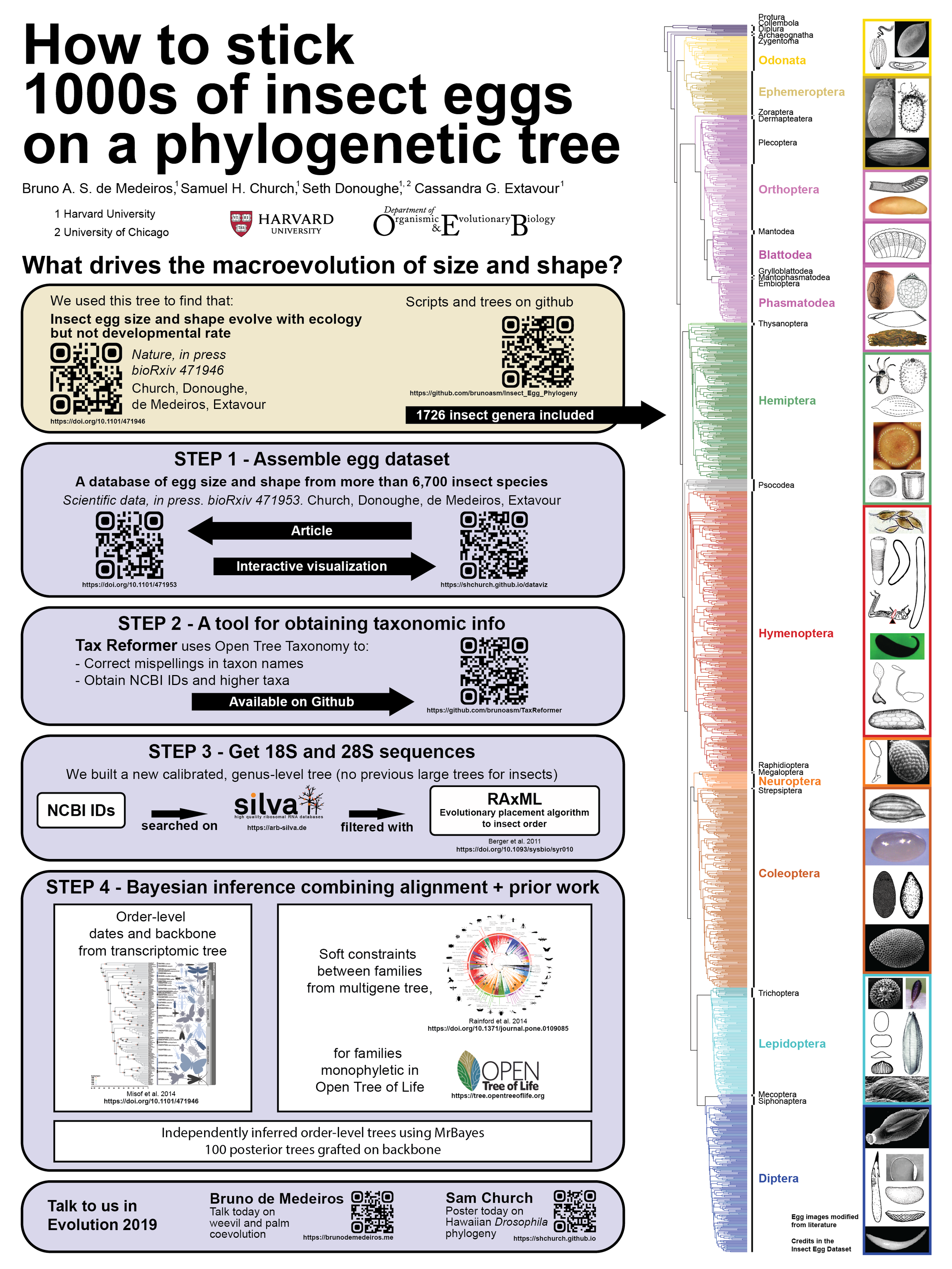It is generally thought that antagonistic interactions are the main drivers of divergence in plant-feeding insects (and beetles specifically). A few years ago, I decided to use palm weevils to test this idea: if this is the case, we should find higher levels of genetic divergence between populations of antagonistic insects when compared to mutualists or commensals, if they interact with the same plants in the same space.
Gregorio Bondar did quite a lot of work in the 1940s on the natural history of weevil flower visitors of the licuri and pati palms, having also described many of these beetle species. That means that I knew already that the specialized flower visitors of these palms varied in whether they pollinated their hosts plants and whether they harmed them. To update the studies of the 1940s, I published a very detailed description of the interactions between Syagrus coronata and their flower visitors, which provided the background information for this new study.
Once we had that and I started sequencing weevils, I noticed that something was odd. RAD-seq was not behaving as expected and I could not assemble datasets within species. Investigating the reasons led me to find that some of these species were actually complexes of cryptic species, and that genome evolution is weevils must be crazily fast: while there is no problem to assemble cross-species datasets for the palms, this was really hard even for those closely related species! Theses investigations on the molecular method resulted in another paper and a visualization tool.
So now that we have background information, confidence in the molecular method and well-delimited species, I finally could ask the questions I started with and the answer was surprising: I could not find a consistent trend with antagonists having stronger patterns of isolation. It made me go back to the literature and find that, decades ago, Tibor Jermy published a few papers (here and here) claiming that the idea that insect-plant antagonisms are main drivers of diversity was probably wrong. He suggested instead that insect diversification is mostly about sexual selection: if insects use host volatiles as mating cues, species would diverge with volatile divergence. This makes a lot of sense for flower weevils, and a recent paper on the role of tropical flowers to maintain beetle diversity makes me think we have been paying too little attention to this for a very long time.
The paper is open access and available here:
de Medeiros, B.A.S., Farrell, B.D. Evaluating insect-host interactions as a driver of species divergence in palm flower weevils. Commun Biol 3, 749 (2020). https://doi.org/10.1038/s42003-020-01482-3
Figure 1 in the paper, showing the genetic diversity of each species of plant and weevil.














